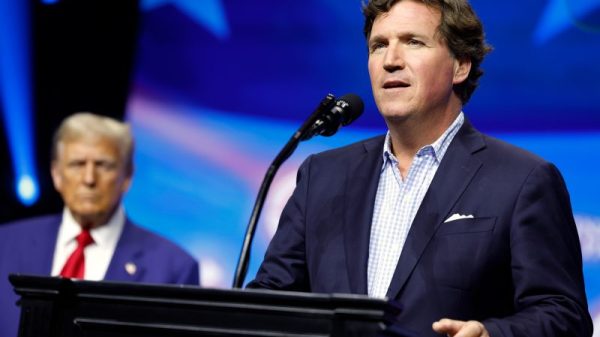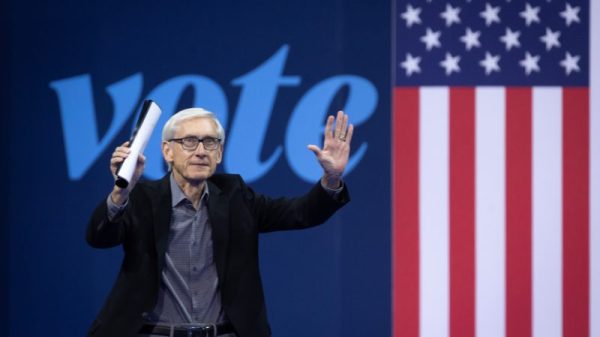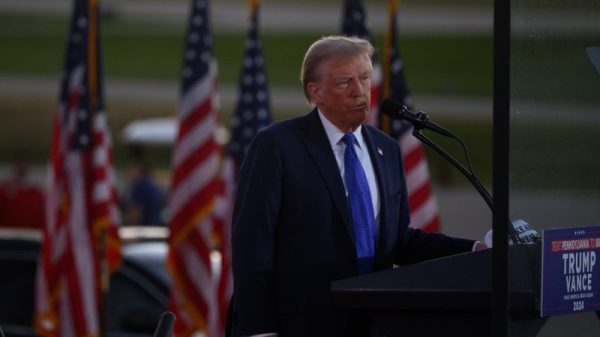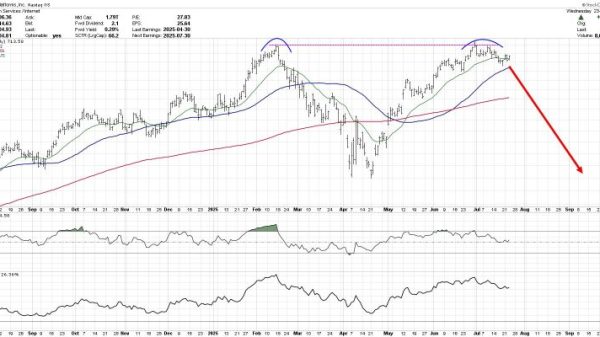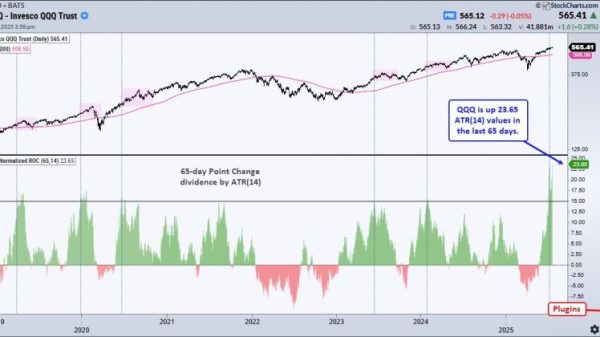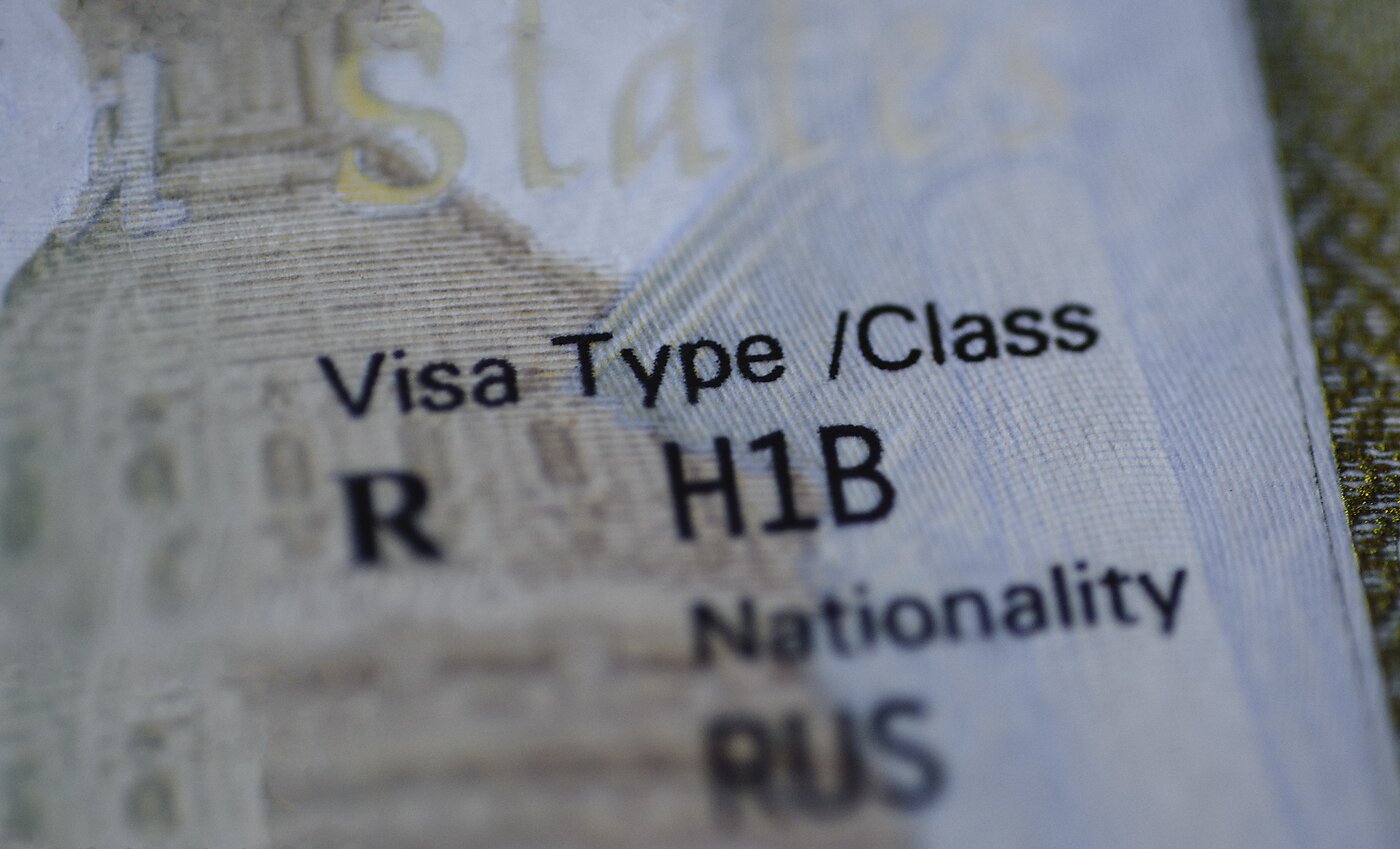Critics of the H‑1B visa for skilled foreign workers often claim that the status amounts to “indentured” servitude. Indentured servitude is a contract to work for a single employer for a predetermined period without pay. H‑1B workers are not only compensated well—they receive wages in the top 10 percent of wage earners in the United States. As importantly, although they face more obstacles to changing jobs than US citizens, H‑1B workers are not tied to a single employer and change jobs regularly.
In fact, tens of thousands of H‑1B workers leave their original H‑1B employers every year. Figure 1 shows the number of H‑1B workers switching to new employers by fiscal year. Between fiscal year 2005 and 2024, H‑1B workers changed jobs over one million times (1,115,069). The number of switches grew from about 24,000 in 2005 to a record 123,888 in 2022—a more than fivefold increase. The number of approved H‑1B petitions for a change of employer has fallen in the past two years, plummeting to just 63,865 in 2024.
On another note, H‑1B job switching is more common than H‑1B workers starting H‑1B employment for the first time. In 2024, only one in three of all H‑1B workers starting with a new employer were existing H‑1B workers recruited from other US employers (Figure 2). This suggests that US employers are more likely to hire an H‑1B worker already in the country with H‑1B status than to hire a new H‑1B worker who does not yet have H‑1B status.
The jump in switching in 2021 is likely attributable to the record number of green card applications filed that year. After 180 days, H‑1B workers who have filed a green card application may change jobs without the employer being forced to restart the green card process, easing the job-switching process. The decline in green card applications since 2022 has meant fewer H‑1B workers are able to change jobs, highlighting the challenges that H‑1B workers still face when changing jobs.
Among other issues, new H‑1B employers have to pay hefty fees to poach them, and the shortage of green cards for Indian workers can wrongly make those workers feel that they have to stick with their existing employer to complete the process. The best solution would be to make the conversion to a green card automatic rather than requiring a renewal after three years. The sixty-day grace period to find a new job is still not long enough to give some workers the confidence to simply quit a problematic job without already having a new one lined up.
Despite these government-imposed obstacles, the widespread practice of H‑1B job-shifting further refutes the claim that H‑1B workers are “indentured” servants. The fact is that the government has unfairly tilted the playing field against H‑1B workers by erecting artificial barriers to job changes, but options exist to find better employment within the H‑1B system. The government should expand these options rather than try to reduce or eliminate workers who contribute significantly to the fields of science, technology, engineering, math, and medicine.
Note: This post is an update of an April 2024 blog post on the same subject using more up‐to‐date numbers.











